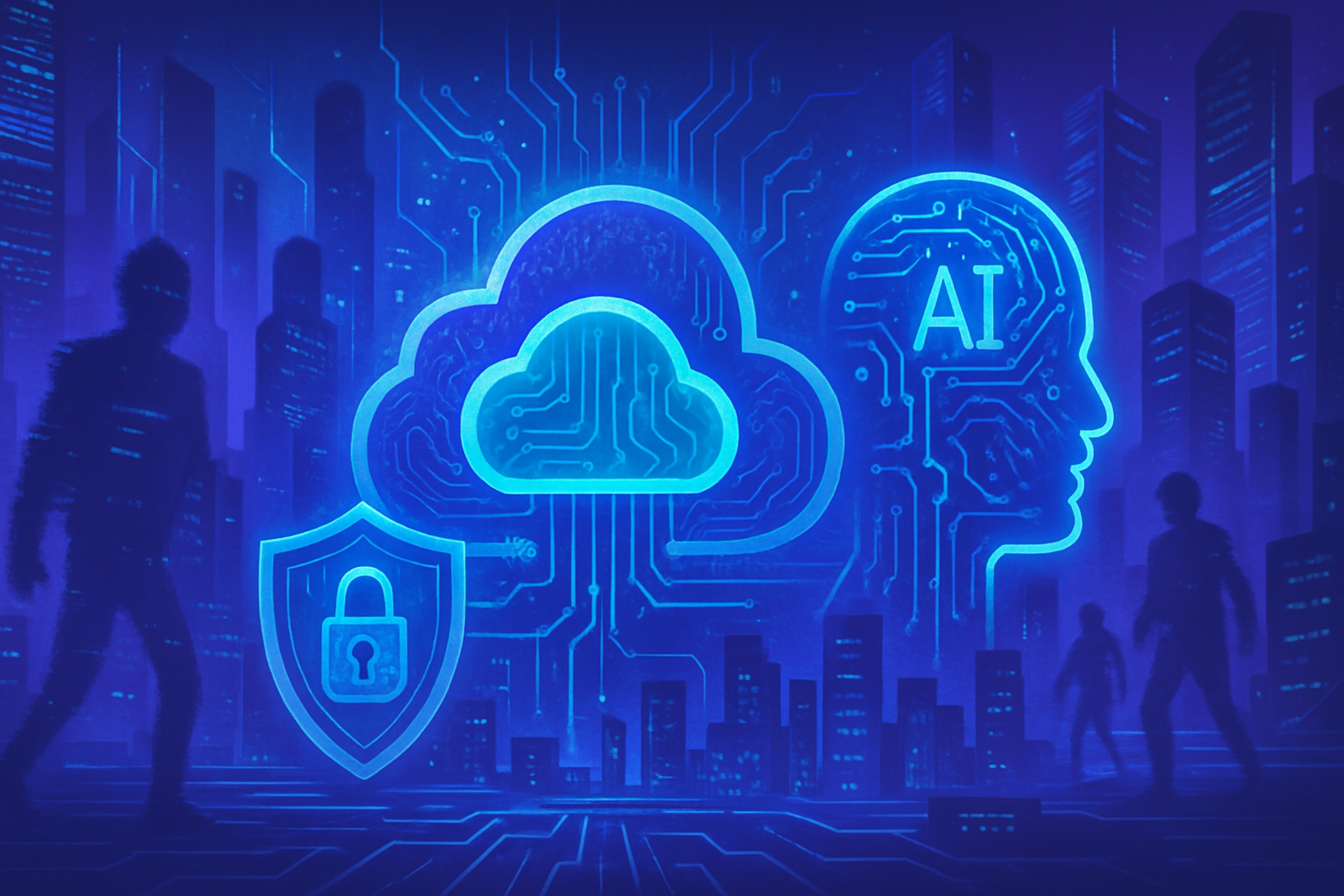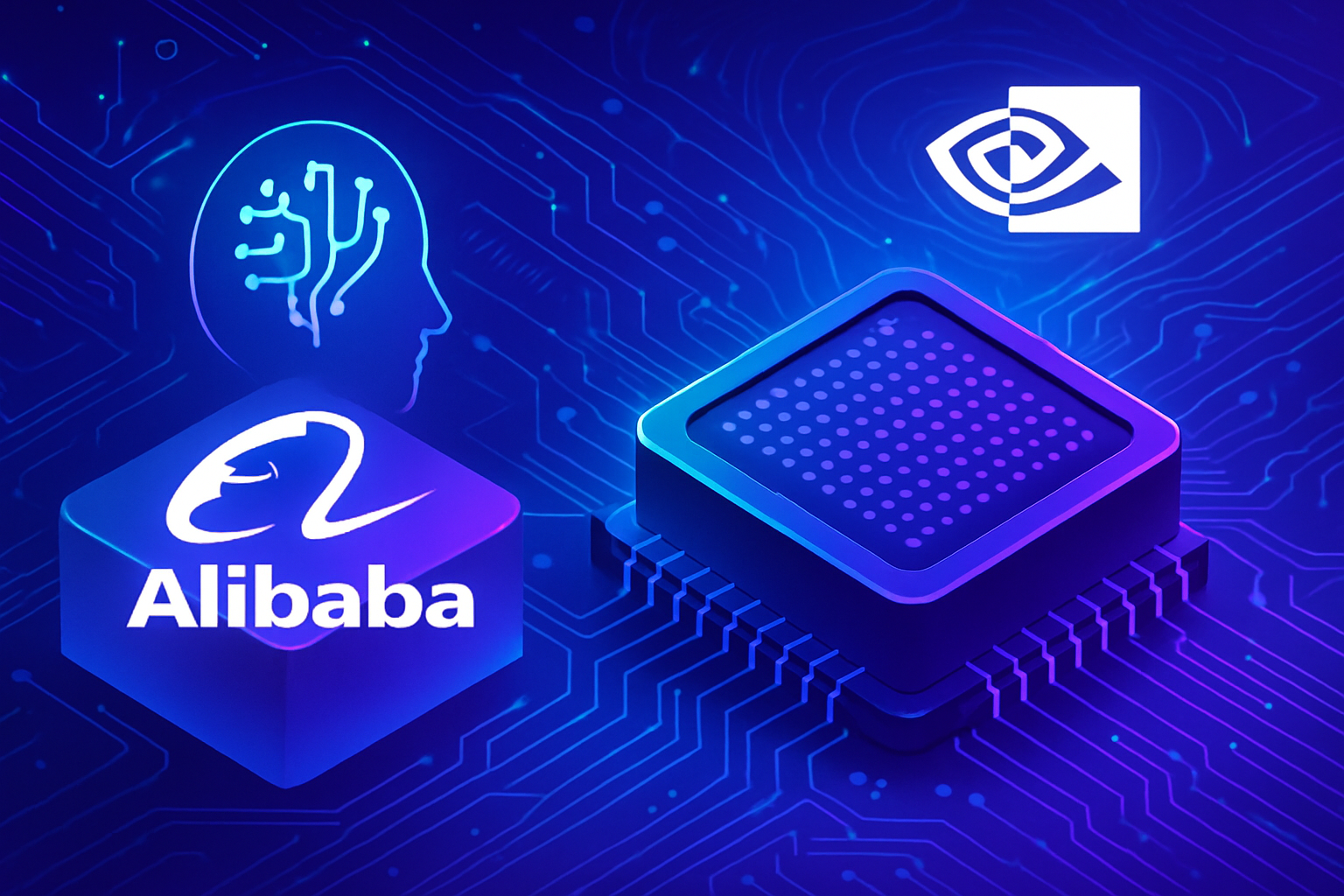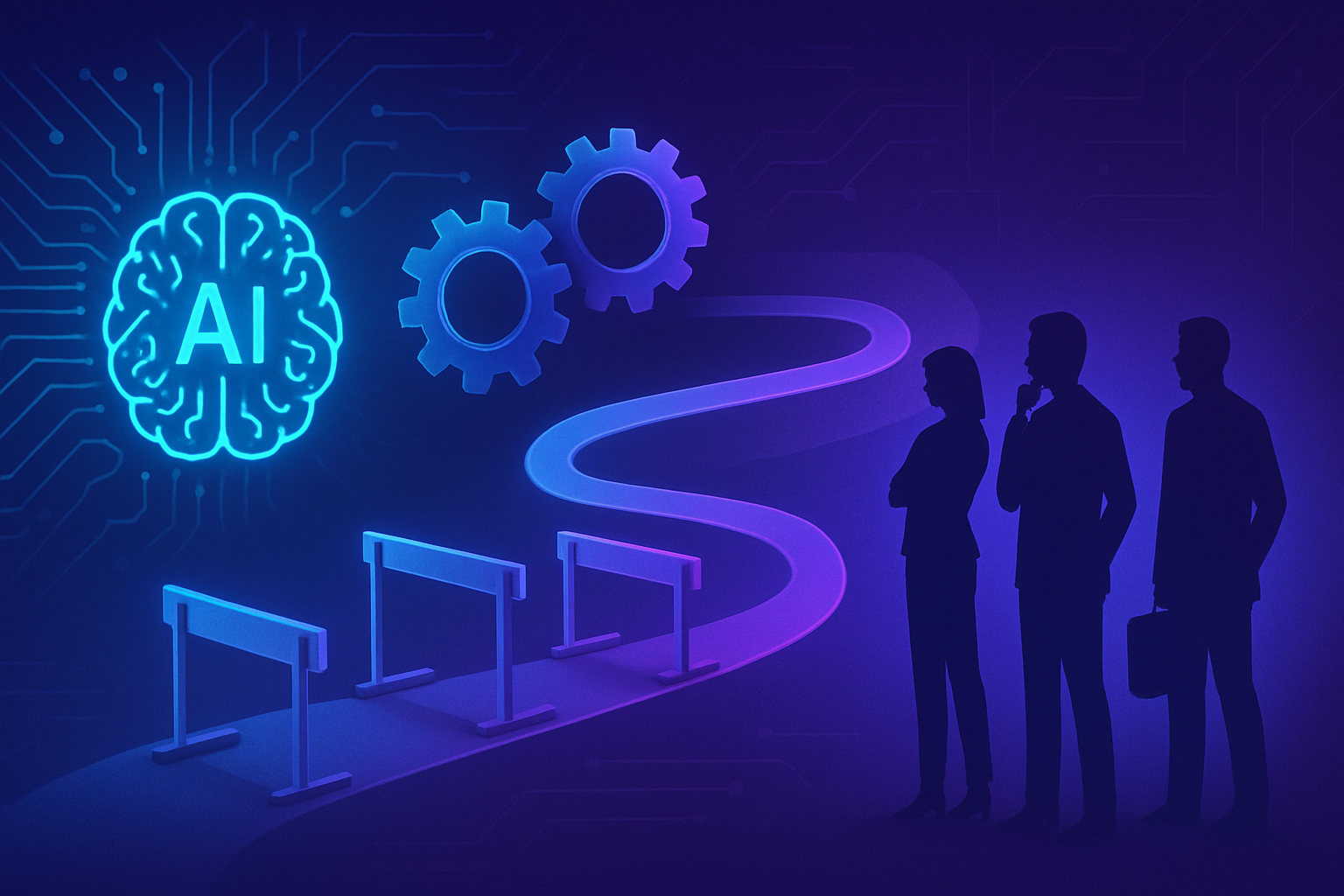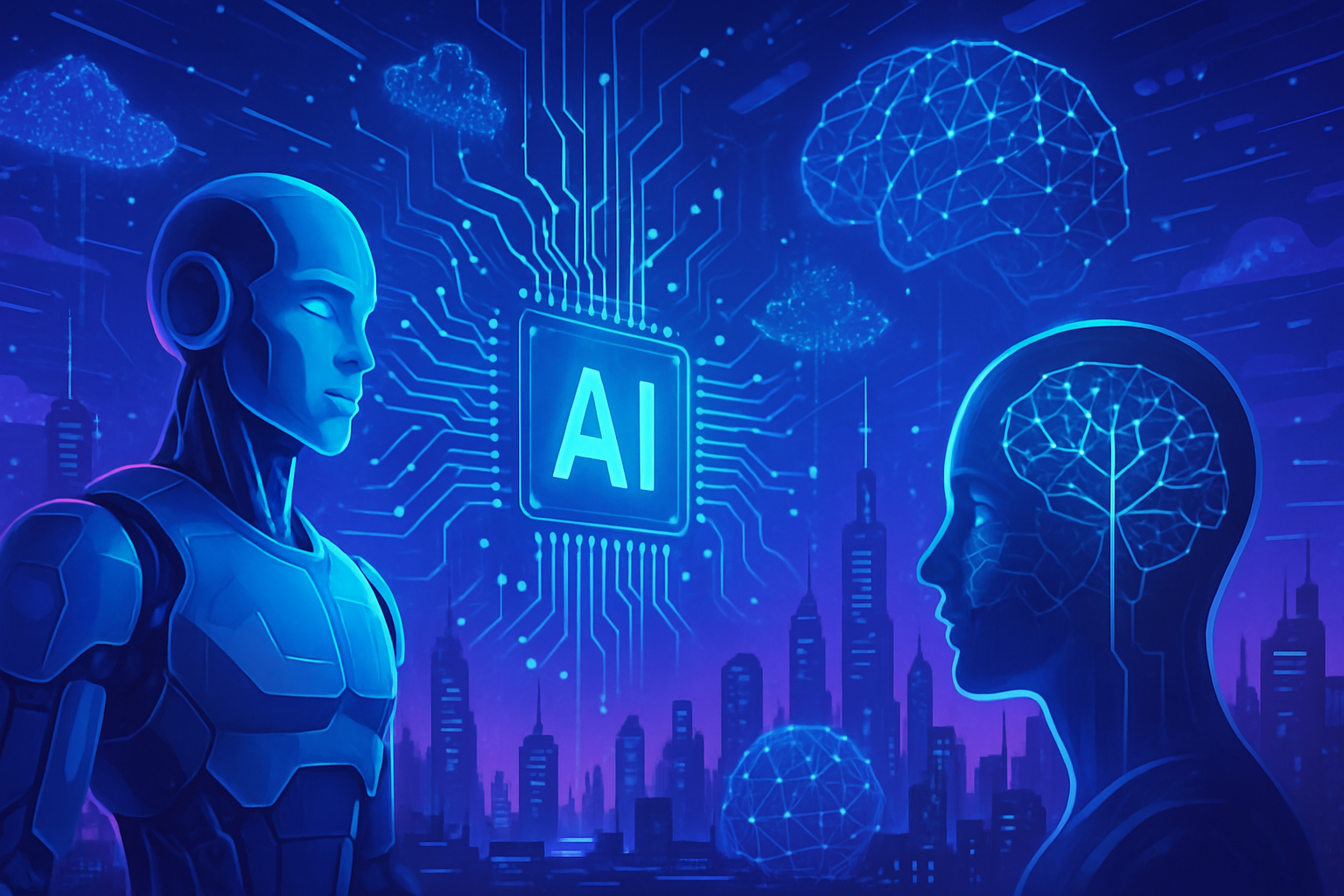The wars of digital security are intensifying, driven by the advent of AI. Faced with increasingly sophisticated threats, Google Cloud questions: *can it really secure against these dangers*? The scale of current challenges requires deep reflection on persistent vulnerabilities and *the evolution of attack techniques*. In this chaotic environment, the struggle between defenders and attackers becomes a true test of technological skills, *where innovation must compete with malice*.
An alarming assessment of digital security
Mark Johnston, the Director of the CISO office at Google Cloud for the Asia-Pacific region, reveals a true crisis in the field of cybersecurity. At a recent conference held in Singapore, he disclosed that 69% of data breach incidents in Asia and Japan were reported by external entities, indicating that many organizations do not even detect their own security flaws. This bitter reality underscores the persistent gaps, despite five decades of technological advancement in system protection.
A history marked by defensive failures
Johnston refers to a finding established in 1972 by James B. Anderson, stating that computer systems do not protect themselves. Thus, this challenge remains relevant, revealing a persistent inability of companies to solve fundamental security problems. Over 76% of breaches begin with configuration errors or compromised credential data. Recent incidents involving common products like Microsoft SharePoint demonstrate how these vulnerabilities continue to afflict modern organizations.
The dynamics of the current actors
Kevin Curran, a senior member of IEEE, describes the current landscape as a high-stakes arms race. Cybersecurity teams, just like malicious actors, utilize artificial intelligence tools. For defenders, AI represents a valuable asset, enabling the analysis of vast amounts of data in real time and identifying anomalies. In contrast, these same technologies facilitate attackers, allowing them to automate the creation of malware and conduct more sophisticated phishing attacks.
Google Cloud initiatives to reverse the trend
Google Cloud aims to empower defenders. Johnston asserts that AI could restore balance, providing a unique opportunity to strengthen defensive capabilities. The focus is on varied applications of generative AI in the field of cybersecurity, including vulnerability discovery and incident response. Google’s “Big Sleep” project serves as an example. This initiative uses large-scale language models to identify flaws in code and has recently uncovered over 47 vulnerabilities, marking a significant advancement in automated detection.
The paradoxes of automation
Google Cloud’s roadmap forecasts an evolution in cybersecurity through four phases: Manual, Assisted, Semi-autonomous, and Autonomous. In the semi-autonomous phase, AI systems manage routine tasks while leaving complex decisions to human operators. However, a risk of over-reliance on these systems persists. Johnston emphasizes that these services could potentially be attacked and manipulated, adding a new layer of vulnerability.
Risks associated with AI
A major challenge of integrating AI lies in its tendency to generate inappropriate or irrelevant responses. Johnston illustrates this with an example of a retail store receiving medical advice, which could pose business risks. To mitigate this, Google uses Model Armor technology, which acts as an intelligent filtering layer, checking AI outputs for sensitive information and ensuring the relevance of responses to the business.
Economic challenges in the face of rising cyber threats
Information security officers (CISOs) in the Asia-Pacific region are facing increasing budget constraints, even as cyber threats intensify. Johnston highlights that the rising frequency of attacks creates a heavy operational burden that needs to be addressed. Companies are looking for partners capable of accelerating their defense without having to absorb additional costs or hire massively.
Questions on the effectiveness of AI in cybersecurity
Despite promising advancements from Google Cloud in vulnerability detection, questions remain about the actual results of using AI in the field of cybersecurity. Johnston admits that no innovative attack using AI has been observed so far. While improvements in the speed of incident reporting have been noted, uncertainties persist regarding the accuracy of information. This awareness highlights the existing limitations of current solutions.
Preparations against quantum threats
Beyond the current applications of AI, Google Cloud anticipates the next evolution, that of post-quantum cryptography. Johnston states that the company has already deployed post-quantum cryptography protocols at scale between its data centers. This approach aims to proactively position itself against potential future threats posed by quantum computers.
Cautious optimism for the future of cybersecurity
The integration of AI in the field of cybersecurity presents huge possibilities, but also brings considerable risks. Google Cloud’s AI technologies reveal significant capabilities in detecting vulnerabilities and analyzing threats. Nonetheless, these tools also reinforce attacks, thereby amplifying opportunities for cybercriminals. The key to success lies in the thoughtful implementation of these tools while maintaining adequate human oversight.
Related links
- The use of generative AI in therapy
- Recognizing the limits of AI
- Microsoft and AI
- Return on investment in cybersecurity
- IBM and the adoption of AI
Frequently asked questions
What are the main security threats related to AI?
The threats include the use of AI to automate attacks, increasingly sophisticated phishing, the creation of advanced malware, and the exploitation of software vulnerabilities by malicious actors.
How does Google Cloud use AI to enhance cybersecurity?
Google Cloud uses AI solutions to analyze vast amounts of data in real time, detect anomalies, and automate incident response, thereby improving companies’ responsiveness to threats.
What is the ‘Defender’s Dilemma’ and how does Google Cloud address it?
The ‘Defender’s Dilemma’ refers to the powerlessness of cybersecurity defenders in the face of increasingly sophisticated attacks. Google Cloud strives to restore balance by using AI technologies to give an advantage to defenders.
What types of vulnerabilities can AI identify?
AI can uncover vulnerabilities such as configuration errors, compromised credentials, and detect flaws in code through programs like Google’s Project Zero.
Can AI completely replace cybersecurity professionals?
No, while AI can automate many tasks, human oversight remains essential for making complex decisions and ensuring a robust and balanced security strategy.
What are the challenges related to automating security operations?
Challenges include the risk of excessive dependence on AI, which can lead to vulnerabilities if systems become too autonomous and human judgment is ignored.
How does Google Cloud address security issues related to unauthorized AI tools?
Google Cloud conducts security scans to detect and manage unauthorized AI tools on enterprise networks to reduce potential risks to systems.
Can AI improve the speed of response to security incidents?
Yes, AI can significantly enhance response speed, as indicated by Google Cloud, by accelerating incident report writing and providing accurate data analyses.
What preventive measures does Google Cloud recommend in light of new threats?
Google Cloud advises implementing a proactive cybersecurity policy, using AI technologies for preventive detection, and maintaining human vigilance in the process.
What benefits can be expected from a cybersecurity strategy integrating AI?
A strategy integrating AI can improve threat detection, reduce response times, and optimize security resources while minimizing false positives.
How is Google Cloud preparing for future threats like quantum computing?
Google Cloud has already deployed post-quantum cryptography solutions by default to safeguard data security against potential threats from quantum computing.






